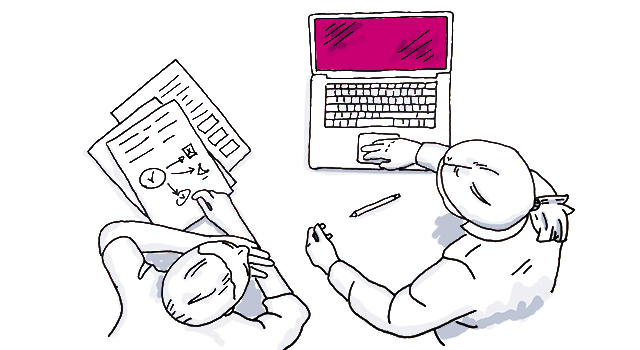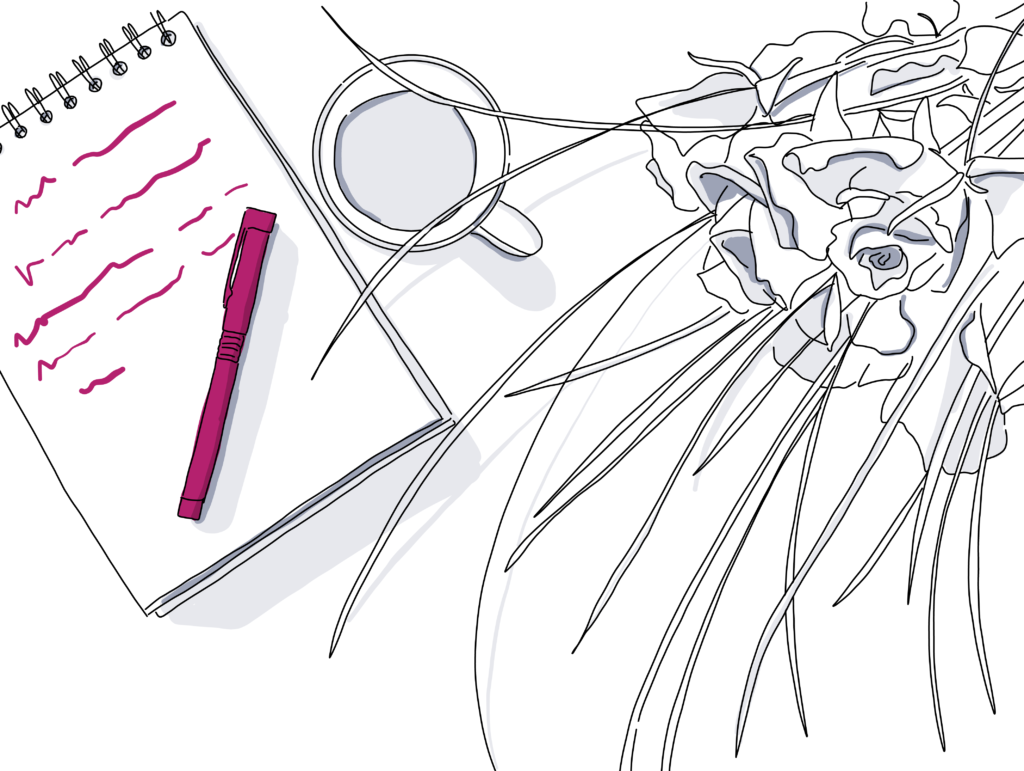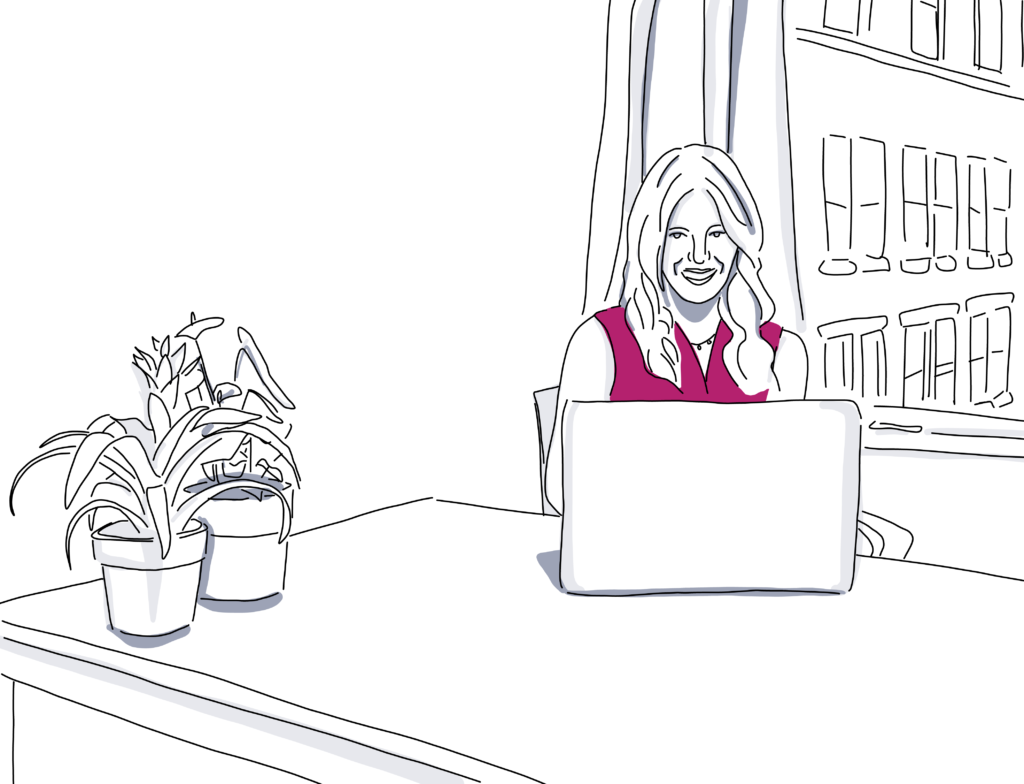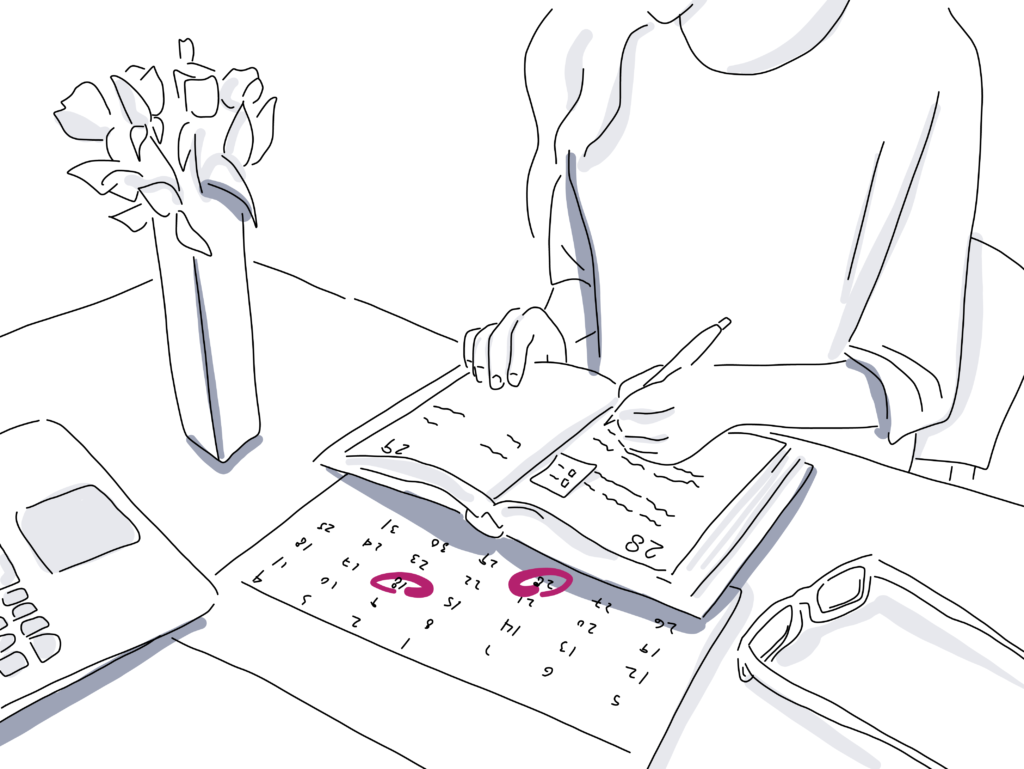
10 Tips for Effective Email Communication in the Event Planning Process
As planners, we live and die by our email inboxes. The irony is, even with so many productivity tools for every task out there, collaboration in event planning still involves email communication. We’re touching base with everyone including our teams, clients, venue managers, and vendors.
To properly leverage this powerful medium and turn it into the potent collaboration channel it is, effective email communication is key. Here are ten tips to help you achieve just that.

1. Have a goal
Email communication is free, but this does not mean it’s a free ticket to abuse your outbox.
Before you hit that Send button, ask yourself what you are hoping to achieve with each email. If there is no solid reason as to why you’re doing it, it’s best left unsent. Plus, this way, you can condition your team to only expect important email from you, worthy of instant interaction.
People have enough on their plate already, especially in event planning, so avoid spamming their inbox by drowning them in trivial emails marked high priority.
2. Keep it clear and concise
Long-form email is a thing of the past, and while there are those occasions it is necessary, effective event email communication demands you be concise in what it is you want to relay across.
People love brevity, and no one wants to be caught in the long (boring) email crossfire. Just say what needs to be said and get out. It will save you a ton of time too.
3. Be prompt in your response
Timely responses are an email best practice. Being swift in your replies will be appreciated by the sender while taking the monkey of unanswered emails off your back.
One trick to approach this is to employ the one-minute response, where you take one minute or less to respond to the emails you receive, the only exception being long-form emails (see point #4). If you can answer an email quickly, do it. But, as planners, we’re not always at our desk. So there’s no need to respond the exact second an email hits your inbox.

4. Snooze emails that require longer responses
Some emails usually require more elaborate responses and simple one-liners won’t do. If you are pressed for time, put the email on snooze until such a time when you are ready to deal with it.
You may feel the need to respond with a quick reply in the lines of Got it “ get back to you later. But this only contributes to email overload, and you are not necessarily out to establish a reputation as someone who replies super-fast, unless you can’t help it.
When you do ultimately get down to it, craft a well-thought-out reply that takes the conversation forward. That’s what effective email communication is all about.
5. Have a clear subject line
A strong and clear subject line should not only be a preserve of event marketing. It also needs to be at the heart of all in-house email communications.
Having a to-the-point subject line will let the intended recipients know what you need from them in a flash, before they even open the email. In turn, this will enable you to cut down on the time you spend drafting the email since the recipient is already privy to half the story.
Examples of a clear subject line:
URGENT Response Needed: Final Floor Plan Due 02.21.18
Please respond: Provisionary Budget for XYZ Breakfast Meeting
And speaking of intended recipients¦

6. Send/ reply only on a need-to-know basis
Effective email communication also means sending the right email to the right person. You don’t want to include your Accounts team in banner design issue emails, neither do you want to take up ticket sales updates with the equipment coordinator.
Why? This saves everyone on the team precious time. And it reduces the chances of your email getting lost in the white noise because everyone will assume someone will respond.
Same case applies to email replies. Use the Reply all section prudently, unless every member on the email chain needs to know.
7. Timely follow-up
Timely follow-up in the events world is expected. Your clients, venue, and/or caterers expect relatively timely follow-up when it comes to the events they’re working.
As far as follow-ups go, there is no strict formula. But it’s often nice to keep it 1. short and 2. to the point. You can start off with a neutral and cordial line, then let the recipient know you are following up.
Avoid the As seen in the email below line, and instead come out clear by reiterating your intentions in a line or two, before closing with the Let me know if you have any questions or Look forward to getting your thoughts.
And, uh, ditch the niceties and half-hearted apologies: “I don’t want to pester you, but…” or, “I’m sorry for clogging your inbox¦” Your reader will appreciate you getting to the point sooner than later.

8. Choose an appropriate time
There are many theories on when is the best time to garner a response, but sometimes effective email communication just calls for a tiny splash of common sense.
We may be in the events business, but nobody wants you emailing them at 3am on Thursday just because you couldn’t sleep and you were feeling productive. You come across as a workaholic without a life, and worse still, obsessive.
Also, nobody wants a flurry of emails after regular work hours on Friday. People tend to mentally check out and have already switched to the life part of the work-life balance they swore to observe this year.
9. Avoid the slang and shortcuts
You may be best friends with your coworkers. In this case, the occasional emoji or two makes sense.
But when it comes to business correspondence, steer clear of slang and smiley faces. Business email correspondence needs to maintain a sense of professionalism. While it might And this includes weeding out short-form words like Gr8 denoting Great, 4 u in place of for you and so on.
10. Keep it neat and tidy
How many times have you been a victim of those long email threads that are peppered with carets (>>>)? It can get tough to get to the crux of the message of the email chain without getting totally lost. Messy email messages are not only annoying but sometimes the most relevant message risks being washed away somewhere in there.
Carets in emails aren’t a bad thing, but too many of them make a mess of good emails and can be irritating to read. You can always make a point of cleaning them up to get rid of all the email addresses stuck up in the message.
On a related note, to ensure effective email communication, format the body text itself. But don’t go overboard, even just a simple touch to make it easy to skim helps.
Use bullet points where need be. Emphasis the time, dates and locations in bold to make them particularly obvious. And if the thread involves multiple people, you can use @Name to draw a particular recipient’s attention.
If you are looking to get more of what you want out of email while making this age-old collaboration channel more fun, stick to these tips for effective email communication. And next, discover the 10 best email tracker tools for event planners.
What about you? Are there any email communication faux pas to avoid? Tell us in the comments or join us on Facebook. Don’t forget to check out our Event Planning App!

